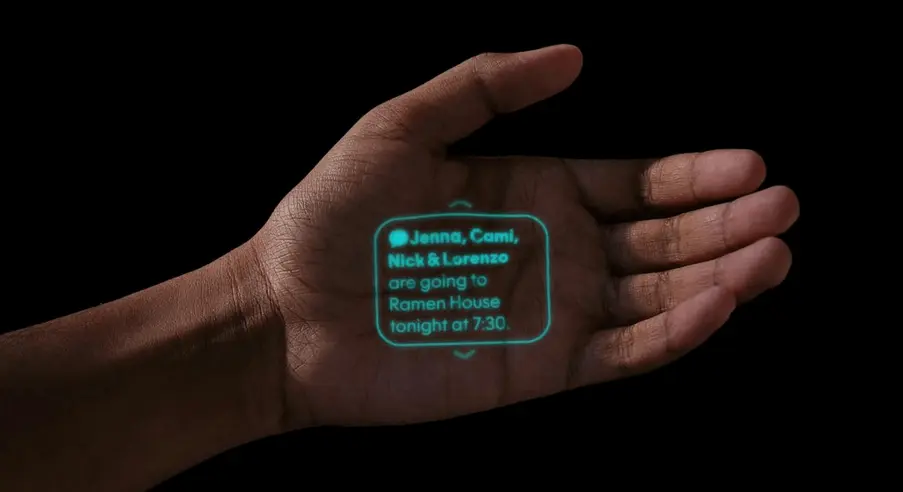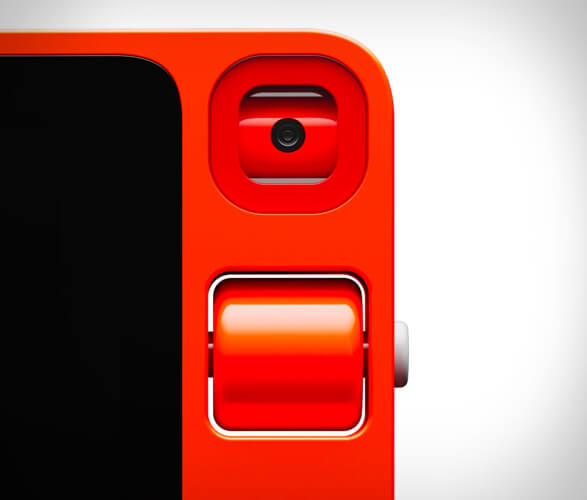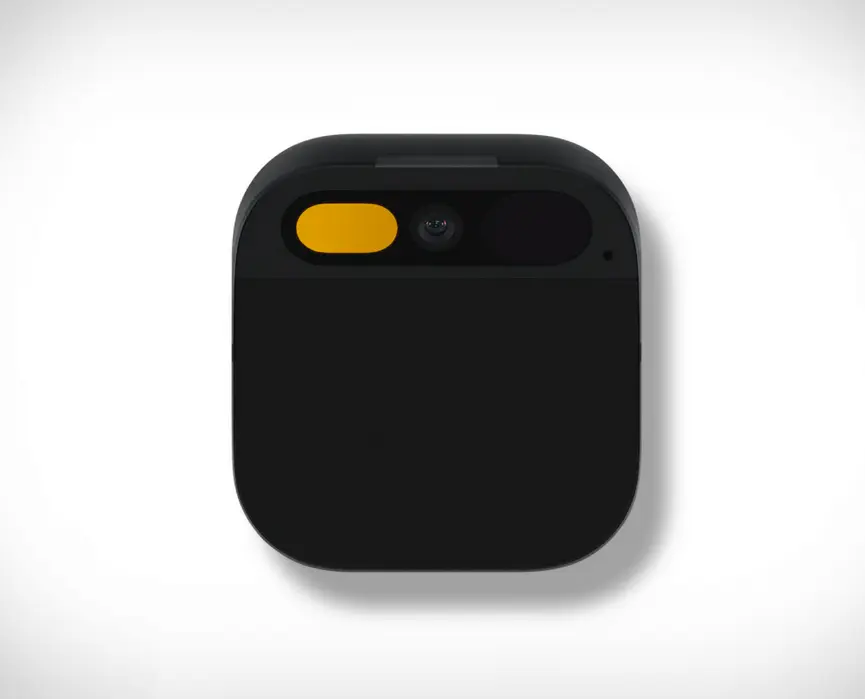
As smartphones continue to dominate our lives, two companies are trying to develop devices that act as smarter, more helpful assistants. The Rabbit R1 and the Humane Ai Pin take different approaches to augmenting your daily tasks and interactions. Many people are skeptical when it comes to new handheld devices, sometimes seeing them as gimmicks, especially when they aim to take the place of the widely used smartphone.
In this article, we’ll go over the main advantages and drawbacks of these two upcoming AI devices, and hopefully offer you some guidance as to which device may be the better pick for you!
Design and Hardware
- The Rabbit R1 resembles a small flip phone that fits in your pocket, featuring a scroll wheel, push button, and voice recognition. It features a 2.9in touchscreen display.
- The Humane Ai Pin is a rounded device pinned to clothes like a brooch, with a chest touchpad and laser projection display on the hand.
The R1 prioritizes portability and subtlety, while the Ai Pin serves as more of an overt wearable accessory. Under the hood, the Ai Pin seemingly has greater hardware capabilities, with a faster processor, better camera, and projection abilities – albeit with a much heftier price tag.
For those who are mainly interested in the hardware side of things, we’ll discuss the hardware specifications in more detail further down.
User Experience
- The R1 runs the RabbitOS, centered around a Large Action Model that aims to independently complete tasks through apps based on voice commands.
- The Ai Pin utilizes voice and hand gestures to activate its own AI system, summarize information, translate languages, and could enable app capabilities in the future.

The R1 takes full control by managing apps itself, while the AI Pin positions its AI as more of a supplementary aid. Initial software suggests the R1 might be able to handle a wider variety of use cases out of the box.
Pricing and Availability
- The R1 costs $199 and quickly sold out initial batches after its CES 2023 launch.
- The Ai Pin is priced at $699 after its November 2023 unveiling, with details still emerging on sales and shipments.
It’s clear that the Rabbit R1 is significantly cheaper and already demonstrating consumer demand, albeit with software promises that remain unfulfilled so far. The Pin’s higher pricing matches its versatility as wearable, but real-world performance remains to be seen. The laser-projected display is likely a large factor as to why it costs more than the Rabbit R1.
Hardware Specifications
The Rabbit R1 and Humane Ai Pin utilize different (although similar) hardware:

Rabbit R1 Specs:
- 2.88″ TFT touchscreen
- MediaTek MT6765 Octa-core Processor (Up to 2.3GHz)
- 8MP night vision camera
- 4GB RAM/128GB storage
- 1000mAh battery
- Bluetooth 5.0, WiFi 5, 4G LTE

Humane Ai Pin Specs:
- Octa-core Qualcomm Snapdragon processor
- 4GB RAM/32GB storage
- 13MP camera
- Custom-color single-diode laser (720p resolution)
The R1 seemingly prioritizes connectivity and battery efficiency within a compact build. Humane’s Ai Pin opts for a more robust camera, advanced laser projection in lieu of a screen, and unique input methods – suggesting a focus on dynamic, on-body user experiences. Both showcase impressive specs for their form factors.
Here are some additional pointers that may provide further comparison between the Rabbit R1 and Humane Ai Pin to help you determine the best device based on your own needs:
For Light Phone Use
If you only need basic capabilities like music controls, notifications, and hands-free calling, the Rabbit R1 would likely suit your needs. Its streamlined pocketable design enables seamless access for frequent tasks like voice calls and messages. Just pull it out of your pocket to enable walkie-talkie like commands.
For Heavy Multitasking
For power users that juggle numerous apps and services, the Rabbit R1 proposal of independently managing these platforms could maximize efficiency. Its Large Action Model aims to understand and complete complicated sequences across installed apps just through verbal requests.
For Creative Exploration
If you appreciate technologies that spark imagination, the Humane Ai Pin’s versatile projection and interactivity make it a more engaging wearable. Visual responses displayed on the palm, multi-touch gestures, and a higher resolution camera make it a better fit for things like visual design and content creation. Also, who doesn’t want a laser-projected screen?!
For Fashion
As a conspicuous brooch-like adornment, the Humane Ai Pin better complements stylish wardrobes or public outfits. Those comfortable drawing some attention as early adopters of new tech may appreciate its futuristic aesthetics. The Rabbit R1 also looks sleek, however, it can be hidden away in your pocket and isn’t designed to be on show all the time.
For Private Use
For those highly concerned about data privacy, the more transparent Rabbit R1 may seem less dubious when it comes to security. Without cameras pointing at you or publicly surfaced visuals, it avoids certain sensitive disclosures. However, both companies will likely require deeper evaluation as their privacy protections and data handling practices crystallize post launch.
Early Verdict
While the Rabbit R1 and Humane Ai Pin share the goal of delivering a smarter assistant, initial impressions suggest differentiation in their target consumer and capabilities. The R1 is positioned as an all-in-one app controller stuffed in your pocket, acting quickly but somewhat opaquely on commanded tasks. The bulkier yet more subtle Ai Pin offers supplemental help on demand, giving you the information via both voice and visuals.
Their distinct approaches leave room for both gadgets to carve out a niche, and we feel that they will both likely have their own userbase. Software improvements for AI fluency and seamless app integration represent the biggest opportunity and challenge for these two fledgling devices. Once these devices have been fully released into the publics hands, consumers will likely determine whether one model wins out or if the two products manage to meet different needs.
We hope that this article has been helpful in giving you an overview of these two exciting AI devices. While it’s still early days when it comes to real AI being implemented into devices, we can’t wait to see which devices spring up over the next few years. That’s why we’ve created a category fully dedicated to AI hardware and devices! Feel free to check it out and see if there have been any more exciting device releases.


